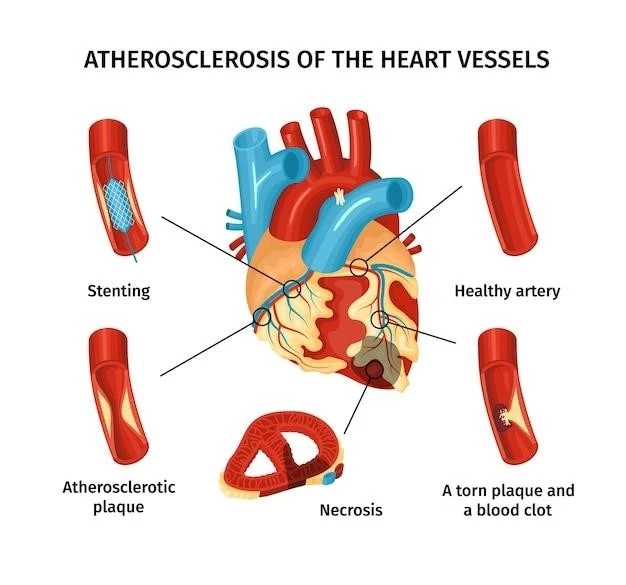Learn about the causes, symptoms, treatment, diagnosis, complications, prevention, living with the condition, and research updates.
Causes of Aortic Valve Stenosis
Causes include congenital heart defects, age-related calcification, rheumatic fever, and radiation therapy side effects. Risk factors include high blood pressure, high cholesterol, and history of heart conditions.
Symptoms of Aortic Valve Stenosis
Symptoms may include chest pain or tightness, fatigue, dizziness, heart palpitations, shortness of breath, and fainting. Severe cases can lead to heart failure or sudden cardiac death. It’s crucial to seek medical attention if experiencing these symptoms.
Diagnosis and Management
Early diagnosis through imaging tests like echocardiograms is crucial. Management involves medications, lifestyle changes, or surgical interventions based on the severity of the condition.
Diagnosis of Aortic Valve Stenosis
Diagnosis involves physical exams, imaging tests like echocardiograms, and cardiac catheterization to assess valve functionality and severity. Doctors may also order an MRI or CT scan to evaluate the heart’s structure.
Treatment Options for Aortic Valve Stenosis
Treatment may include medications to manage symptoms, surgical options like valve replacement or repair, and transcatheter aortic valve replacement (TAVR) for high-risk patients. Lifestyle changes such as regular exercise and a heart-healthy diet are also essential in managing the condition.
Complications of Aortic Valve Stenosis
Complications can include heart failure, arrhythmias, blood clots, endocarditis, and sudden cardiac death. Regular monitoring and prompt treatment are essential in preventing and managing these complications to improve the overall quality of life for patients with aortic valve stenosis.

Prevention and Lifestyle
Preventive measures involve controlling blood pressure and cholesterol, maintaining a healthy weight, and avoiding smoking to reduce the risk of aortic valve stenosis. Adopting a heart-healthy lifestyle is key.
Prevention of Aortic Valve Stenosis
To prevent aortic valve stenosis, focus on maintaining a healthy lifestyle with regular exercise, a balanced diet, no smoking, managing blood pressure and cholesterol levels, and seeking medical attention for any heart-related concerns. Early detection and management of risk factors are crucial in preventing the progression of aortic valve stenosis.
Living with Aortic Valve Stenosis
Living with aortic valve stenosis involves regular follow-ups with healthcare providers, adhering to prescribed medications, maintaining a heart-healthy lifestyle, managing stress, and being aware of any changes in symptoms. Support groups and counseling can also be beneficial for emotional well-being while living with this condition.
Research and Advancements
Stay informed about the latest research updates and advancements in the understanding and treatment of aortic valve stenosis for improved patient outcomes and quality of life.
Research Updates on Aortic Valve Stenosis
Ongoing research focuses on innovative treatments like TAVR, studying genetic factors contributing to the disease, and exploring regenerative therapies to repair damaged valves. Clinical trials aim to improve outcomes, enhance early detection, and develop personalized treatment approaches for individuals with aortic valve stenosis.
